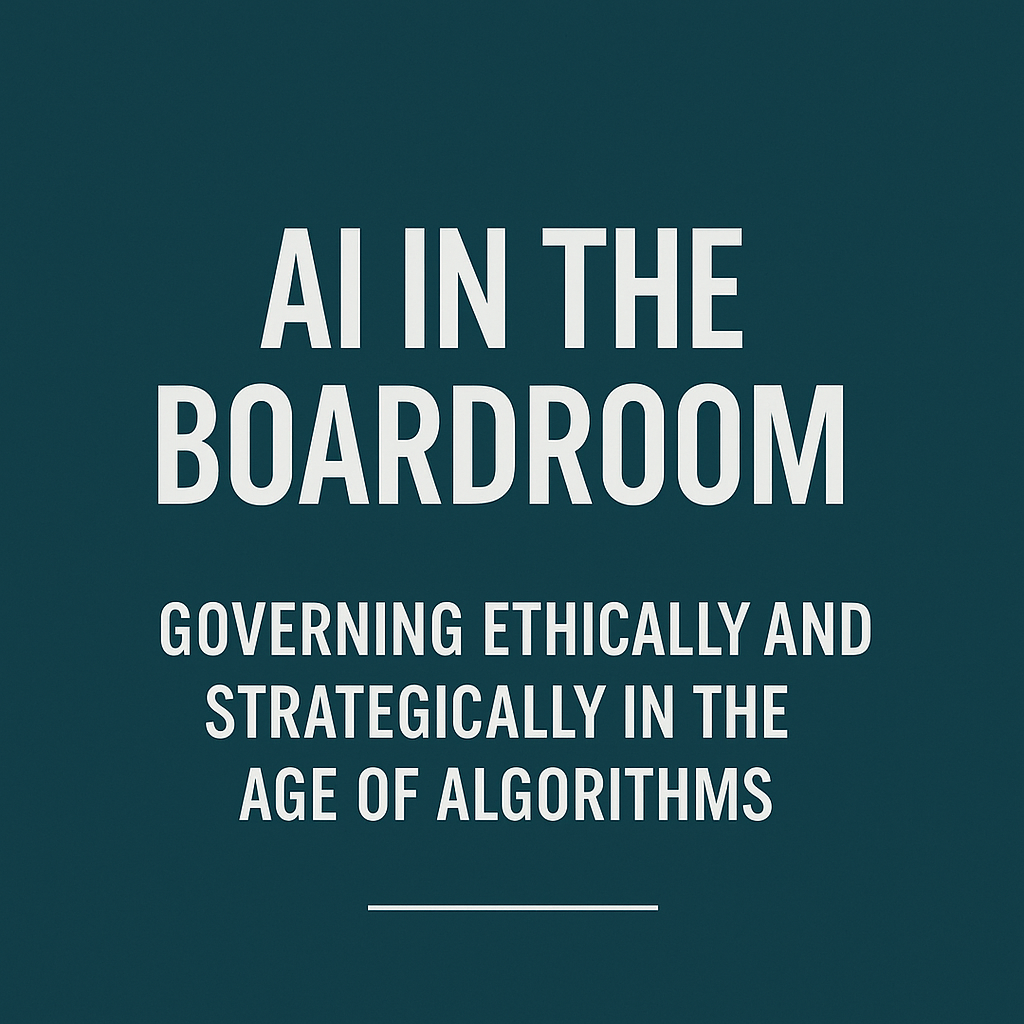
“The question is not whether intelligent machines can have any ethics, but whether humans can.” Alan Turing
Introduction
AI is no longer a future challenge—it’s a present one. From member data to content generation, associations are already using artificial intelligence. But without clear policies, ethical frameworks, or strategic oversight, these tools risk amplifying bias, breaching privacy, or automating decision-making without accountability.
Boards must take the lead in shaping how, why, and whether AI is used.
What Boards Need to Understand About AI
Artificial intelligence isn’t a single entity, it’s a set of systems that can process vast amounts of data, identify patterns, and make informed recommendations,but it doesn’t think for you.
- AI is trained on historical data, which may include embedded biases
- It often lacks transparency—how a decision is made can be opaque
- It can be wrong, especially in unfamiliar or nuanced contexts
- It raises intellectual property, authorship, and liability concerns
The board’s role isn’t technical, it’s ethical and strategic.
Guiding Principles for AI Governance
To govern AI responsibly, boards should establish and uphold core principles:
- Transparency: Understand how AI systems operate and ensure members are informed.
- Fairness: Review how tools are trained and deployed to prevent the perpetuation of bias.
- Accountability: Ensure human oversight remains at the center of decision-making.
- Purpose Alignment: Only use AI where it serves the mission and values of the association.
Boards must ask: Is this tool improving service? Enhancing equity? Protecting our members?
Practical Steps to Take
- Audit the current use of AI or AI-enabled software
- Develop an AI ethics policy and risk assessment framework
- Educate the board and senior leadership about basic AI functions and implications
- Build governance capacity—not just operational speed
Key Takeaways
- AI is already shaping association work and requires responsible oversight.
- Boards must lead on ethics, transparency, and alignment with mission.
- Governing AI is not a technical task—it’s a leadership imperative.
- The time to set your policies is before AI becomes your default.
- Put human decision-making first.
Coming Next Week:
Before the Cliff: Responding Strategically to Membership Decline
Even the most advanced technologies can’t solve a core challenge facing associations: declining membership. In Part 5, we explore how to identify early warning signs—and act before it’s too late.
AAV BLOG – Part 4 of 6 – AI in the Boardroom – Governing Ethically and Strategically in the Age of Algorithms